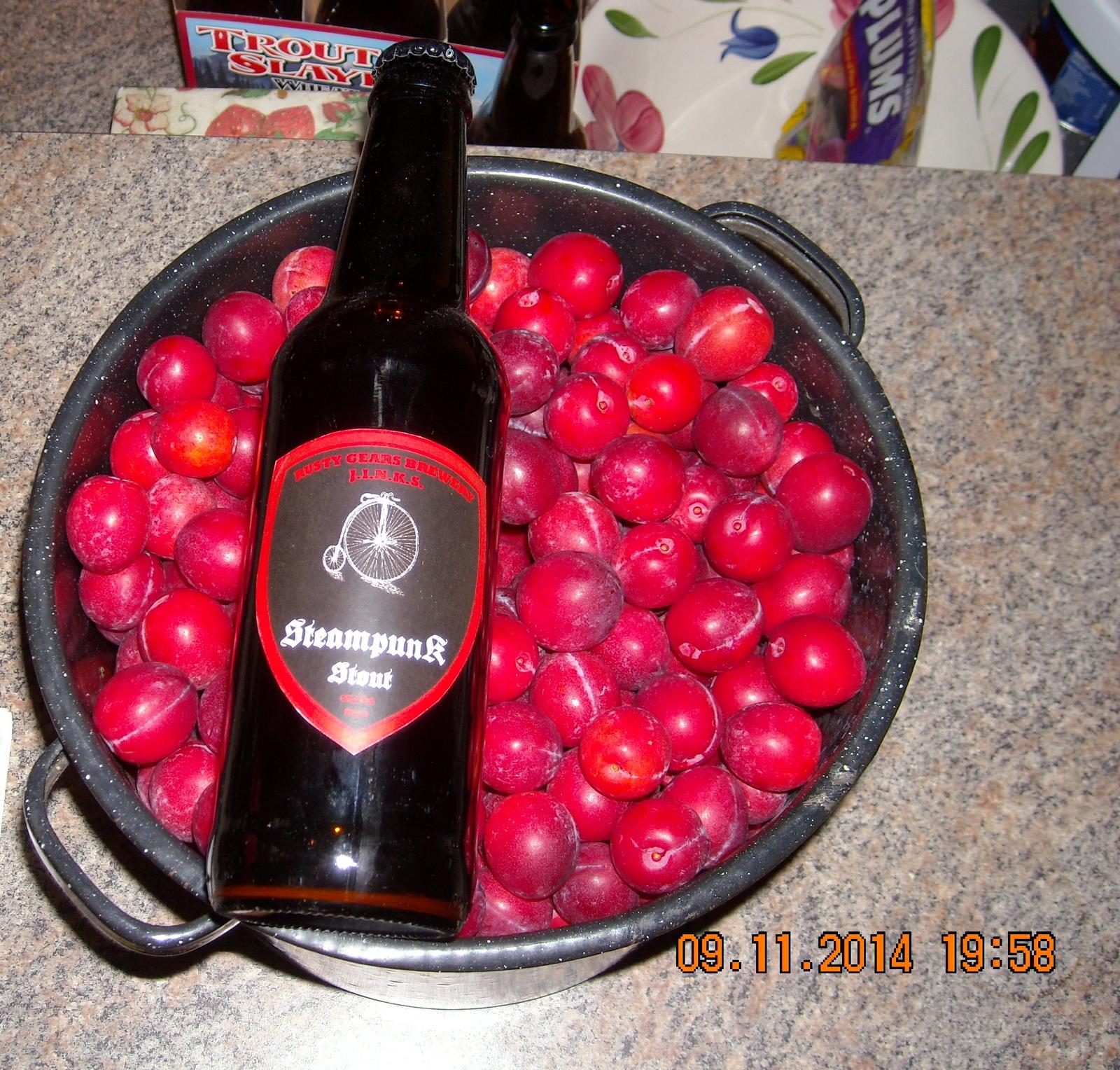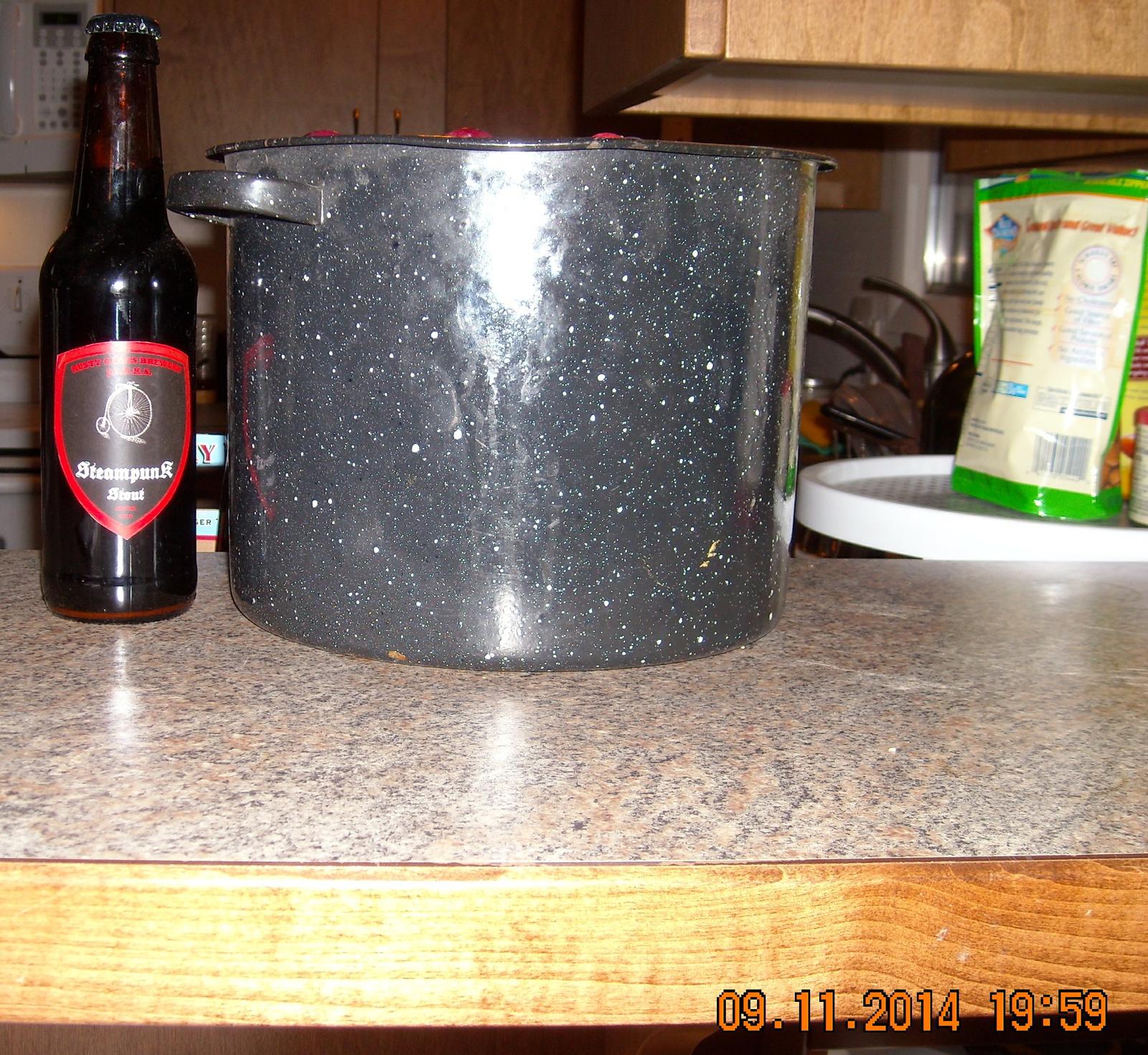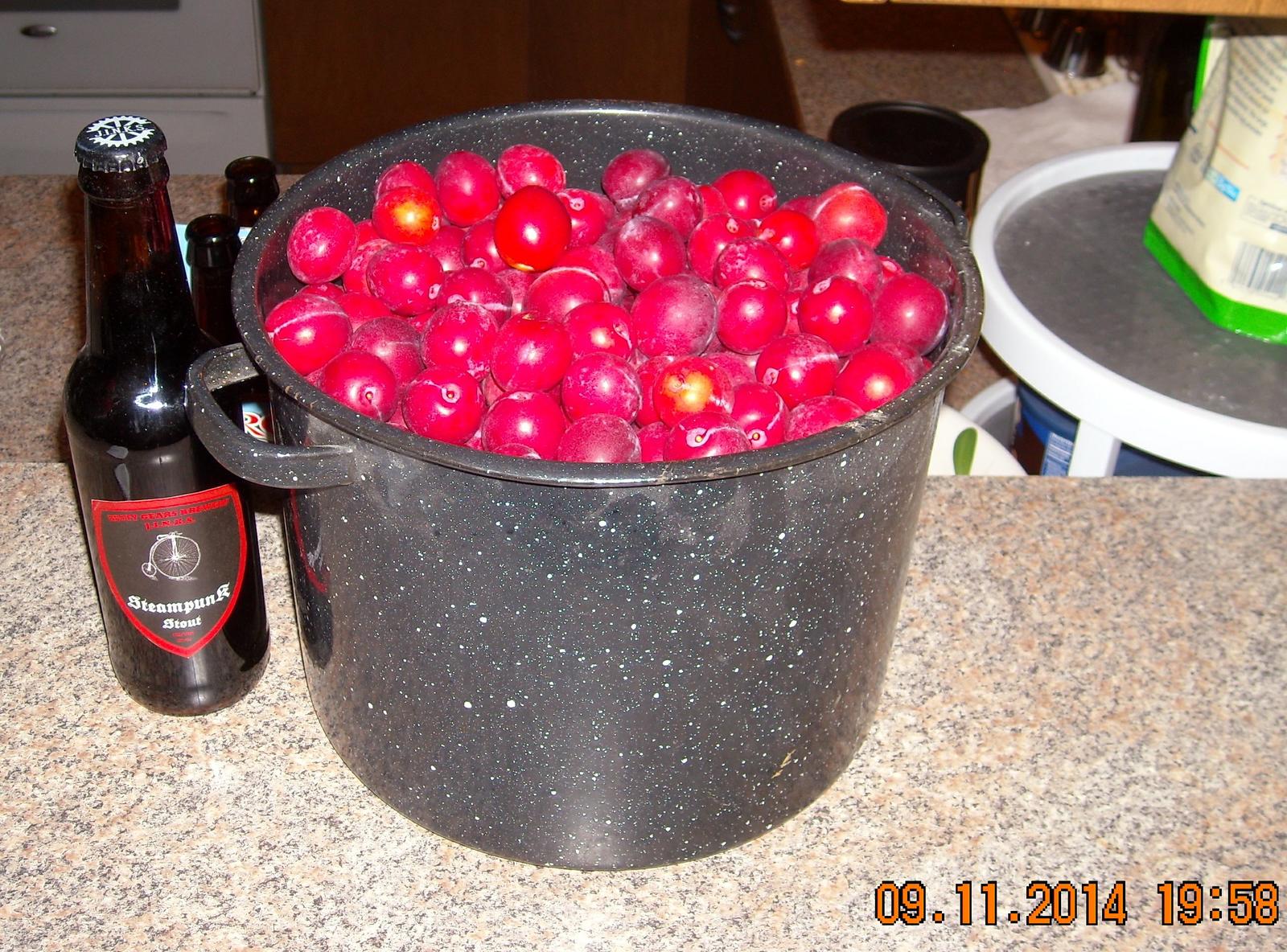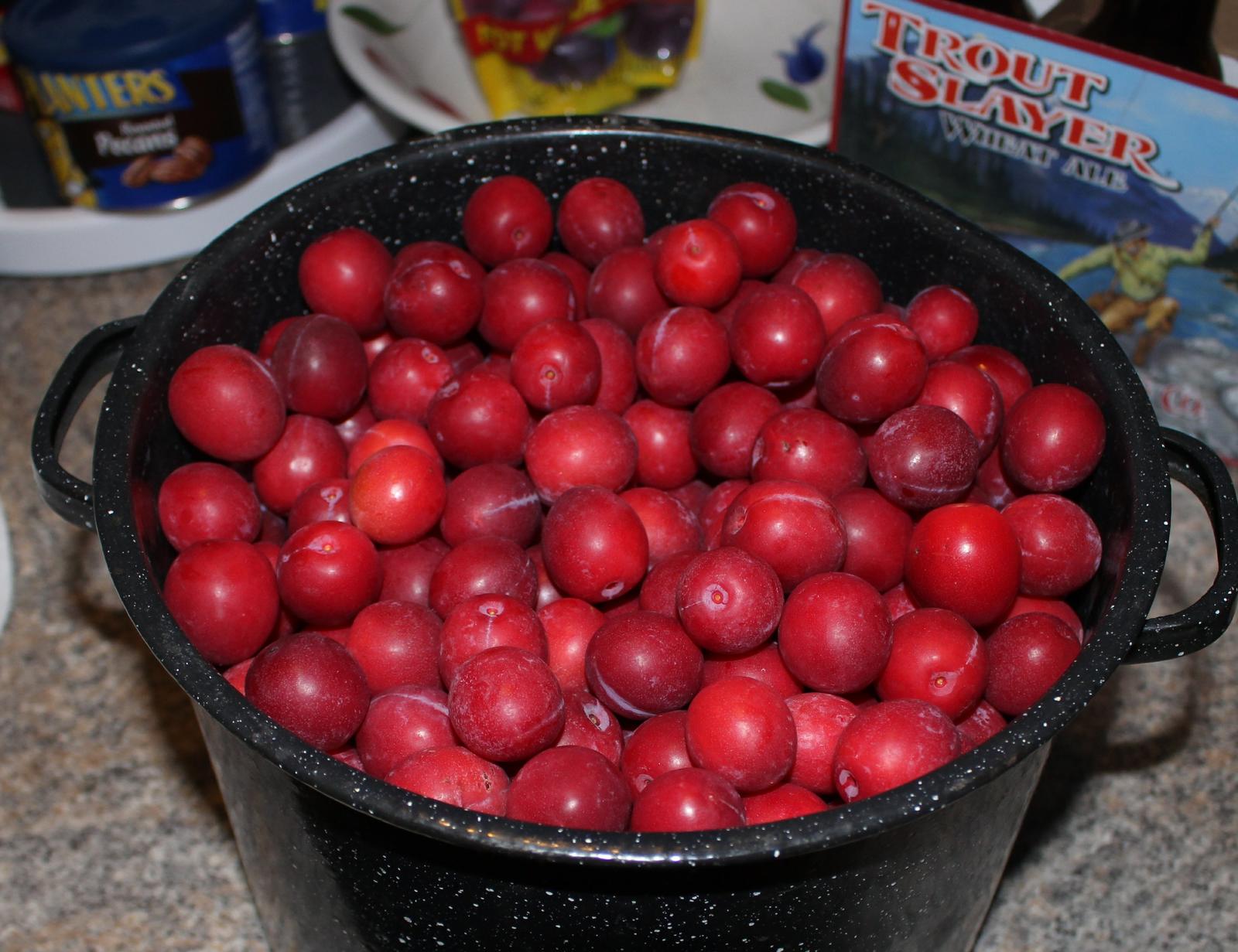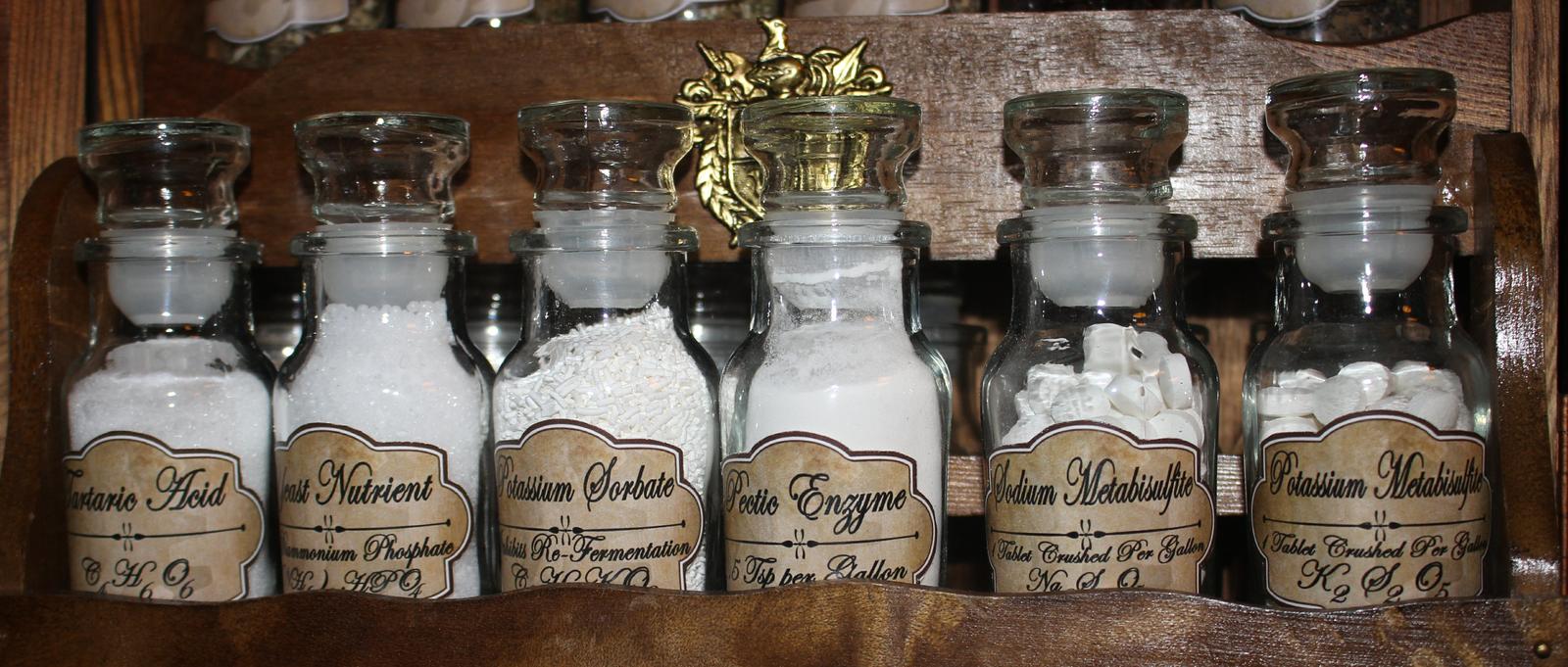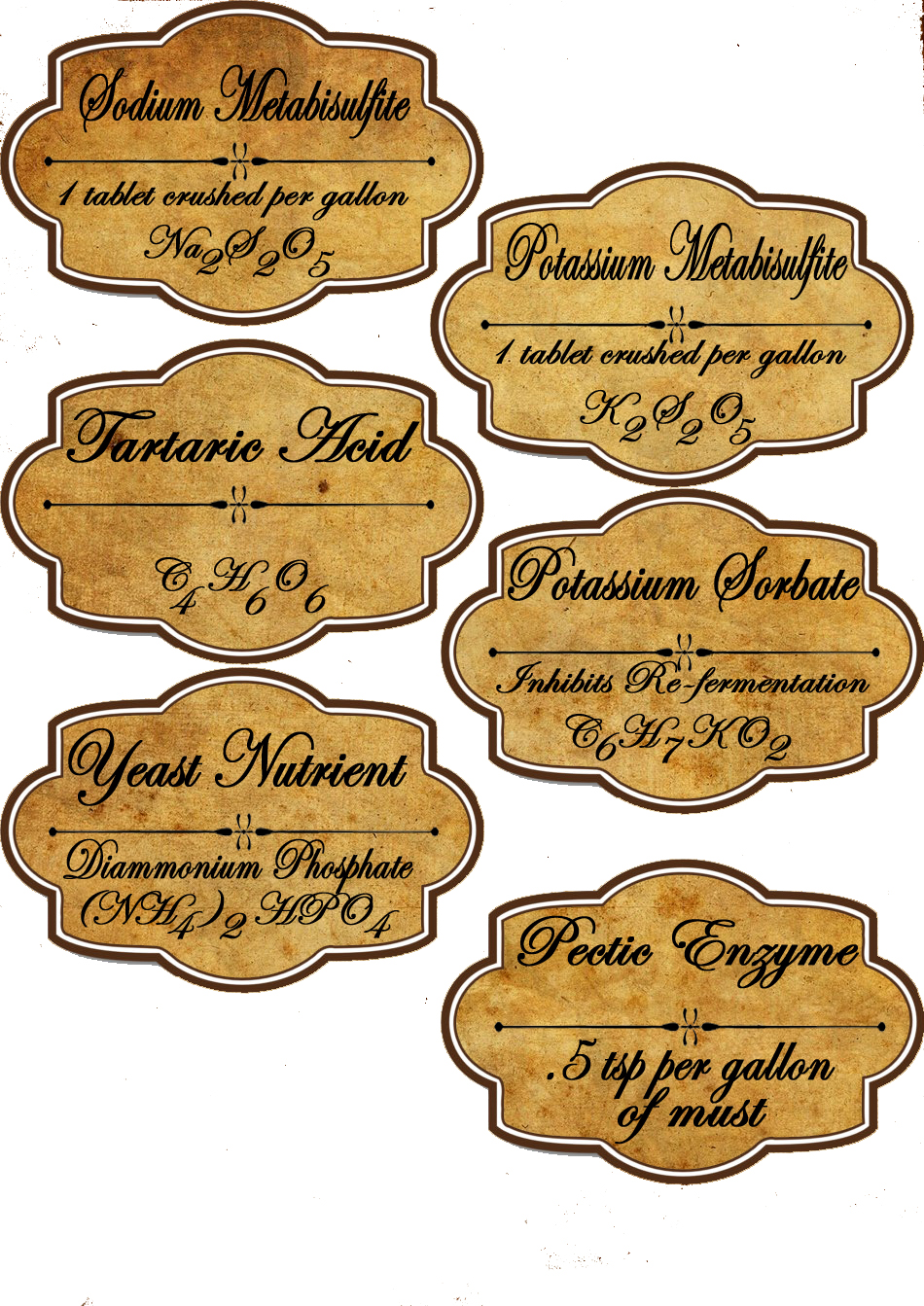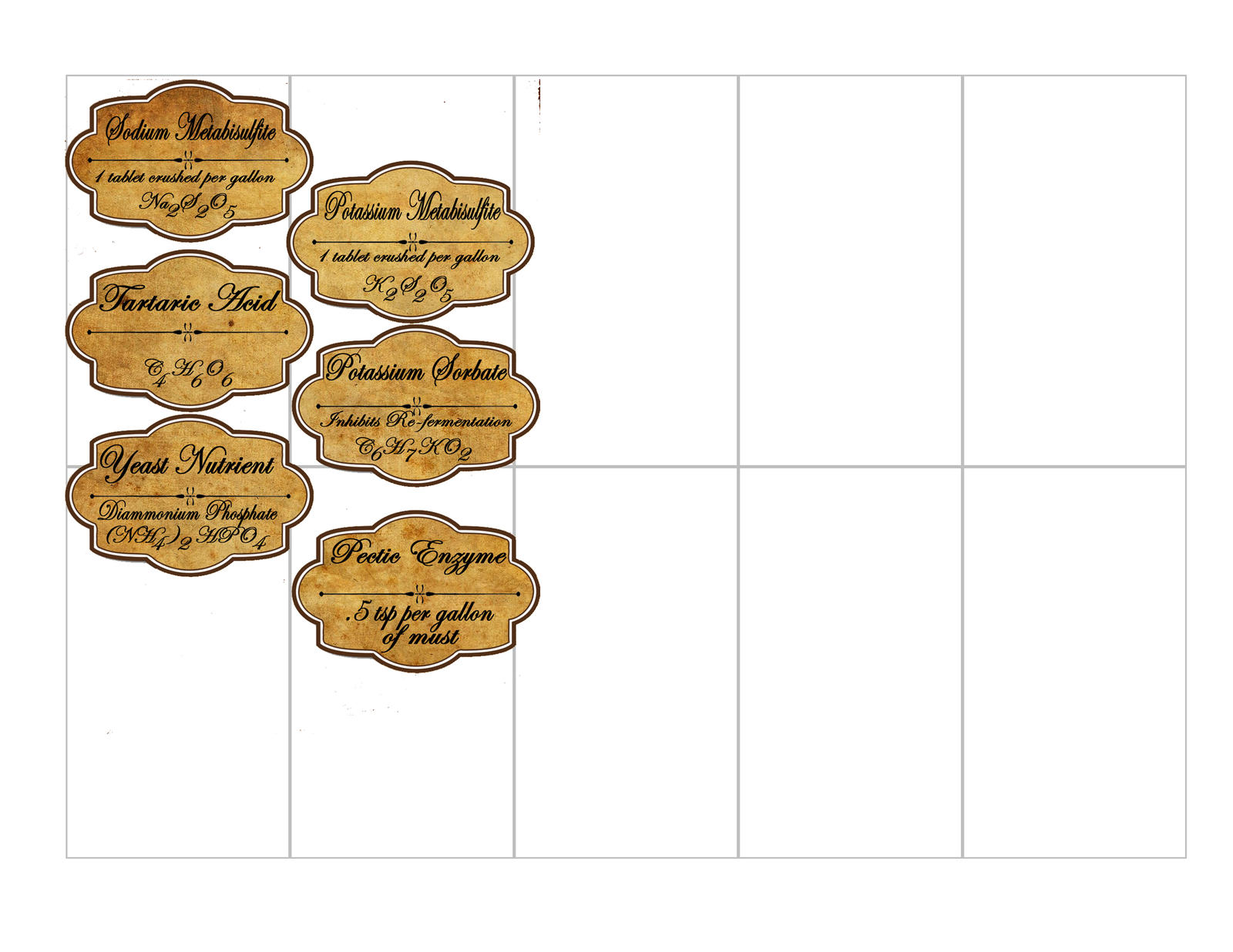JINKS
Fermentator Extrordinaire
- Joined
- Mar 2, 2014
- Messages
- 846
- Reaction score
- 357
I have a plum tree growing out back of the house and I am thinking about making a plum wine.
Do I need to skin the plums? (cherry size)
2 gallon size figured I'd use this as a primary. It's 2+ gallon from b,b and b for 25 bucks.
I have a brown 2 gallon secondary to rack to and I figure the spigot will make racking way easier that a siphon.
Help please.
What is the best way to pit plums?
Can I just let them get overripe and squeeze out the pit?
Should I heat sanitize at 170 to kill wild yeasties but not set the pectin.
I have sodium campden tablets and pectic enzyme.
Any small tip would be welcome.
Are there any spices that would make the plum wine taste better? Similar to cinnamon and clove in JAOM?
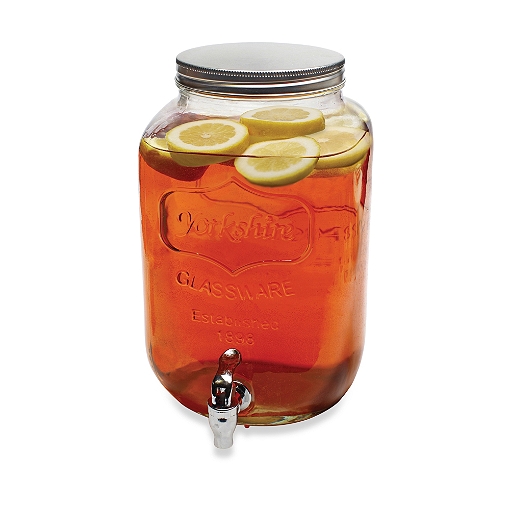

Do I need to skin the plums? (cherry size)
2 gallon size figured I'd use this as a primary. It's 2+ gallon from b,b and b for 25 bucks.
I have a brown 2 gallon secondary to rack to and I figure the spigot will make racking way easier that a siphon.
Help please.
What is the best way to pit plums?
Can I just let them get overripe and squeeze out the pit?
Should I heat sanitize at 170 to kill wild yeasties but not set the pectin.
I have sodium campden tablets and pectic enzyme.
Any small tip would be welcome.
Are there any spices that would make the plum wine taste better? Similar to cinnamon and clove in JAOM?





